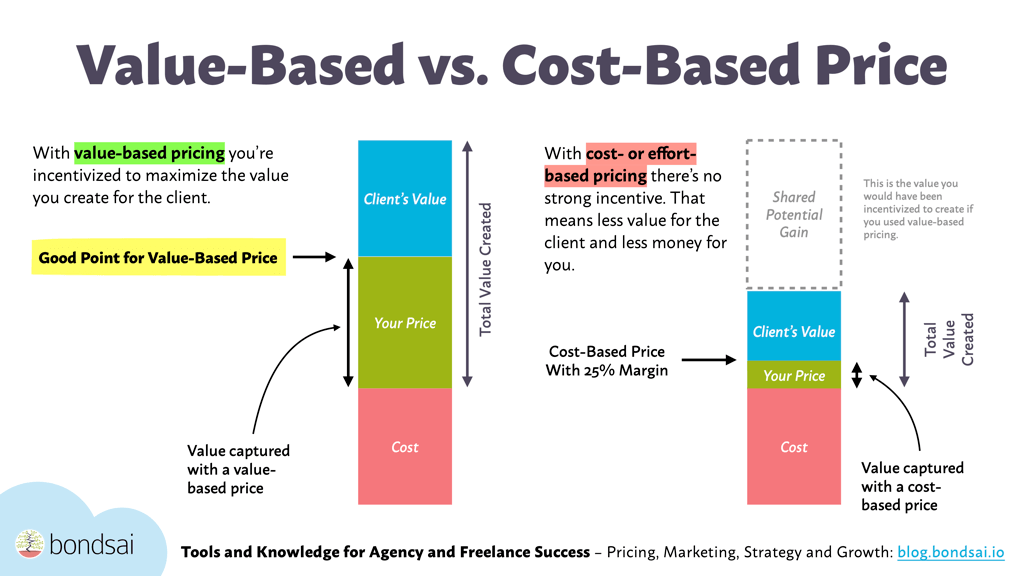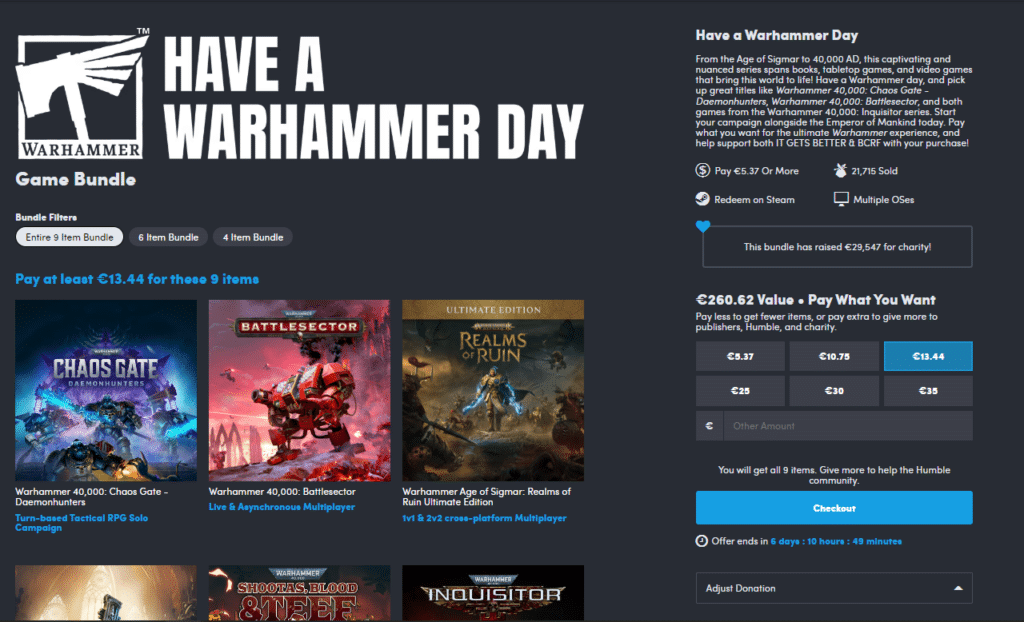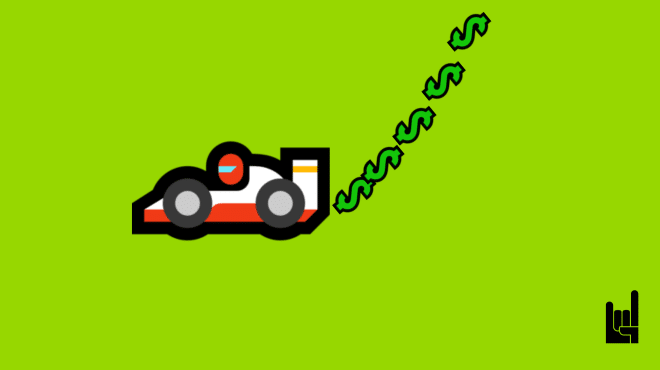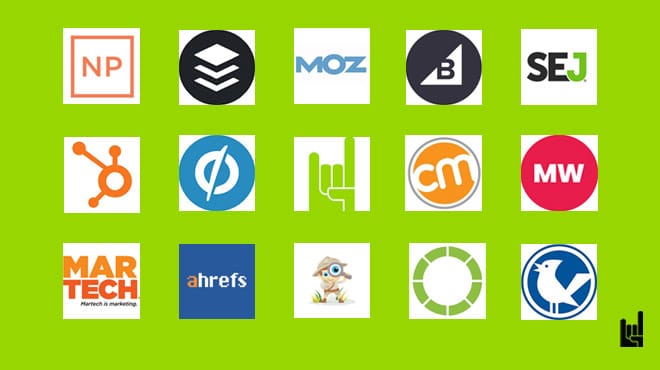Let’s be fair, putting the right price on your product and making sure your offer benefits both the customer and your profitability is an act of delicate balance.
To reach this balance in the long run, you need a long-term plan that shows what you need to achieve sustainable and steady profit.
This is where eCommerce pricing strategies come in. And here’s the full guide.
What Are Pricing Strategies in eCommerce?
Pricing strategies in eCommerce are the different ways you can decide how much to charge for your products and in what way.
Similar to the SaaS industry and its subscription models, the eCommerce industry has its pricing strategies. Accordingly, those strategies can vary depending on the business’s goals, the type of products being sold, and what competitors are doing in the market.
Of course, the goal is to attract customers while making enough profit to grow the business.
What’s the significance of pricing in eCommerce?
Stepping aside from profitability, there are many ways pricing influences your success:
- It shapes the perception of your product among the buyers
- It helps you stand out in a saturated market
- It contributes to customer retention and loyalty
- It shapes your positioning
- It helps shape and justify your marketing strategy
And, most importantly, a poorly chosen pricing strategy can single-handedly sink your business.
Luckily for everyone, you have many eCommerce pricing strategies to choose from. So, even if your market is saturated with similar products, you can be the one to beat the competition with a smart price.
Here’s a quick overview of the ten most popular pricing strategies.
Strategy #1: Cost-based pricing
Sometimes known as cost-plus pricing, this strategy means setting the price for your product based on its expenses. Think of the manufacturing costs, labor involved in the production, overhead, distribution, and everything else that goes into creating your product.
This number is the foundation for your price when using a cost-based model. Then, you add a markup percentage and define the final worth of your product. Walmart and Rynair are great examples of famous companies driven by cost-plus pricing. Some eCommerce brands that use this strategy include Everlane, Monoprice, and others.
👍 Pros of cost-based pricing for eCommerce:
- Easy to calculate and implement
- Perfectly aligned with the expenses
- Easily adjustable
- Profit-focused
👎 Cons of cost-based pricing for eCommerce:
- Overlooked market demand and competition
- May lead to over-/underpricing
- Overlooked perceived value
- Less flexibility in the context of the market
👉 Best suited for: Businesses with predictable costs, like retailers and manufacturers selling physical goods.
💡Advanced tip: Factor in additional expenses like storage and distribution costs and create a distribution pricing strategy as well when pricing products.

Strategy #2: Value-based pricing
Unlike the cost-based model, the value-driven pricing model focuses on the benefit you provide to the consumers rather than the expenses associated with the product. Essentially, it means setting a price according to the product’s perceived value or how much the consumer is willing to pay for it.
Have you ever heard business consultants say things like “Apple doesn’t sell phones, it sells status”? That’s what value-based pricing is all about; adding a unique benefit to your offer to make it more appealing to the consumer.
Think of eComm brands like Allbirds and Lululemon. Instead of selling boots and yoga pants, they sell a sustainable and athletic lifestyle, making the buyer want to pay more.
👍 Pros of value-based pricing for eCommerce:
- High profitability potential
- Aligned with customer perception
- Product quality focus
- No price limit
👎 Cons of value-based pricing for eCommerce
- Extra market and industry research
- High level of subjectivity
- Requires clear messaging and extra communication
- May lead to inconsistent pricing
👉 Best suited for: premium eCommerce stores that sell unique or high-quality products, luxury brands, or thematic products (e.g., sustainability) that sell a certain lifestyle and values.
Strategy #3: Psychological pricing
Example of Amazon’s decoy pricing tactic.
As you can guess from the title, psychological pricing is all about using (not so) discreet pricing tricks to make the offer seem more appealing and urgent. Psychological pricing is often an umbrella term for all psychology-related pricing models: charm numbers, anchoring, artificial time constraints, decoy pricing, etc.
Either a part of your strategy or the foundation of your pricing model, psychological pricing is used by all companies to make the most of their sales (except for luxury brands that focus on exclusiveness and “unapproachability”). All eCommerce brands, from Amazon to a small eco-friendly online soap store, use this tactic, so it’s much harder to find a store that doesn’t employ psychology as a part of its strategy.
👍 Pros of psychological pricing for eCommerce:
- Increased perceived value
- Impulse purchase encouragement
- Effective promotion
- Sense of achievement and sensibility for the buyer
👎 Cons of psychological pricing for eCommerce:
- Often seen as manipulative
- Less effective over time
- The brand is perceived as “cheap”
- Not as versatile as other strategies
👉 Best suited for: fashion, beauty, or lifestyle brands that can benefit from tactics like charm pricing to influence purchasing decisions.
Strategy #4: Dynamic pricing
Dynamic pricing is a strategy that prioritizes flexibility. Often using a built-in change algorithm, this strategy ensures that the price changes according to the market demand, location, and competitor pricing.
The easiest example to showcase dynamic pricing is Uber or Lyft: think about how the pricing changes depending on driver availability, time of the day, or weather. When it comes to eCommerce, some of the most well-known dynamic pricing adepts are Amazon, eBay, and Airbnb.
👍 Pros of dynamic pricing for eCommerce:
- Maximized revenue
- Contextual awareness
- Personalized pricing offers
- Autonomous flexibility
👎 Cons of dynamic pricing for eCommerce:
- Complex implementation and support
- Higher maintenance costs
- Lack of pricing & competitive advantage
- Possibly misleading for the buyers
👉 Best suited for: marketplaces like Amazon or travel eCommerce where demand fluctuates based on factors like time, stock, or competitor pricing, as well as D2C brands.
💡Advanced tip: Utilize data platforms such as BigQuery and Snowflake. Integrate solutions like connecting Snowflake with Google Sheets to ensure real-time data regarding the prices and the pricing accordingly.
Strategy #5: Competition-based pricing
Competition-based pricing relies on the latest market trends and competitor positioning to determine the best way to get new buyers.
In a nutshell, you do extensive research on the pricing offered by other players in the industry and place your bet depending on where you want your pricing to end up: below the market price, above the market price, or the same price as your direct competitors.
Brands like Walmart, Best Buy, and Home Depot are great examples of competitor-based pricing in action.
👍 Pros of competition-based pricing for eCommerce:
- Easy to implement
- Aligned with market trends and pricing
- Reduced risk of overpricing
- Increased revenue
👎 Cons of competition-based pricing for eCommerce:
- Limited flexibility
- Lower margin
- Unique value oversight
- Too dependent on the competition
👉 Best suited for: eCommerce stores in highly competitive markets, such as electronics, where customers rely solely on the price when choosing the vendor.
Strategy #6: Freemium and subscription-based pricing
Designed primarily for digital products and services, a freemium pricing strategy implies offering a standard scope of your services for free and a recurring subscription for extra features. Think of Spotify or YouTube: you get free access to content with ads and unlock an ad-free experience with extra perks for a monthly subscription to a premium version.
Shopify, a.k.a. the king of eCommerce, offers you a free trial run before you choose the most suitable subscription option.
👍 Pros of freemium and subscription-based pricing for eCommerce:
- Public appeal for “freebies”
- Predictable recurring revenue
- Increased customer loyalty
- Upselling opportunities
👎 Cons of freemium pricing for eCommerce:
- Lack of versatility
- A constant need for user retention
- Too dependent on value
- Higher implementation and maintenance costs
👉 Best suited for: digital products or services (e.g., SaaS tools for eCommerce) that can convert the users from a free version to a paid subscription over time.
Strategy #7: Tiered pricing
Tiered pricing by Raycon Electronics
This strategy focuses on price customization based on different criteria like quantity, features, application, etc.
Here’s an example to better understand the model. Imagine you’re looking for headphones for casual everyday usage. Raycon, an electronics brand, offers you four different versions of their headphones, one of which is a 100% match.
👍 Pros of tiered pricing for eCommerce:
- More customization and personalization options
- Higher retention and satisfaction rates
- Clear value differentiation
- Catering to different audience segments simultaneously
👎 Cons of tiered pricing for eCommerce:
- Can be complicated
- Might be overwhelming for users
- Requires more research to keep up with the competition in each segment
👉 Best suited for: eCommerce platforms that offer different product/service levels (e.g., software solutions or membership sites) where different customer segments are charged according to their needs.
Strategy #8: Penetration pricing
Penetration pricing got its name from its most popular use case: entering new markets. This strategy implies you intentionally decrease your initial pricing to lure the customers in and gradually increase the prices as they get more used and loyal to your product.
Think of the Dollar Shave Club. At a time when giants like Gillette had the majority of the market share, Dollar Shave Club came in with a revolutionary model of a $1 shaving subscription. Today, the prices are different, but so is the market share of DSC.
👍 Pros of penetration pricing for eCommerce:
- Immediate market share
- Catering to a broader audience
- Entry barrier for new competitors
- Opportunity for scaling
👎 Cons of penetration pricing for eCommerce:
- Decreased profitability
- Lower retention rates
- Market dumping
- Higher churn rate
👉 Best suited for: new eCommerce brands entering a saturated market.
💡Advanced tip: When entering new markets, effective contract management can help you track agreements with suppliers.
Strategy #9: Loss-leader pricing
Although having a slightly confusing title, the strategy itself is more than clear. Loss-leader pricing means an intentional decrease in the pricing, making it below average to lure new customers and convince them to stay or make an additional purchase.
Think of eCommerce giants like Amazon or IKEA. Although they don’t use it all the time (for profitability purposes), big names in the biz often employ this strategy to convert new clients.
👍 Pros of loss-leader pricing for eCommerce:
- Higher conversion rates
- Higher customer satisfaction
- Higher brand recognition
- Helps get rid of unpopular/excessive positions
👎 Cons of loss-leader pricing for eCommerce:
- Brand perception issues
- Low quality of converted customers
- Lower profitability
- Market dumping
👉 Best suited for: stores that rely on upselling or cross-selling and bring new customers with lower prices to offer them other deals on more expensive products.
Strategy #10: Bundle pricing

McDonald’s combo meals are a good example of how we automatically perceive the bundle model as beneficial for us as consumers. Other big brands like Amazon and Sephora also use bundling as a big part of their pricing strategy.
Bundle pricing means offering a set of products for a discounted price. This approach encourages customers to buy more items at once by providing them with better value for their money.
👍 Pros of bundle pricing for eCommerce:
- Increased average order value
- Higher conversion rates
- Higher perceived value
- Higher customer satisfaction
👎 Cons of bundle pricing for eCommerce:
- Lower profitability
- Inventory management challenges
- Fewer individual sales
- Less flexibility for customers
👉 Best suited for: eCommerce businesses selling complementary goods like beauty boxes or tech accessories.
Conclusion
Putting a price tag on your products is harder than it looks. Not only because you need to be financially savvy but also because you don’t want to undermine the true worth of your products.
The good news is you can find the right way to balance profitability and customer satisfaction by adopting the right pricing strategy.
We hope this article helped you pick the right pricing model, and if you want to learn more about growing your eCommerce business, we’re here to help.
Was this article useful?

I write for GrowthRocks, one of the top growth hacking agencies. For some mysterious reason, I write on the internet yet I’m not a vegan, I don’t do yoga and I don’t drink smoothies.



